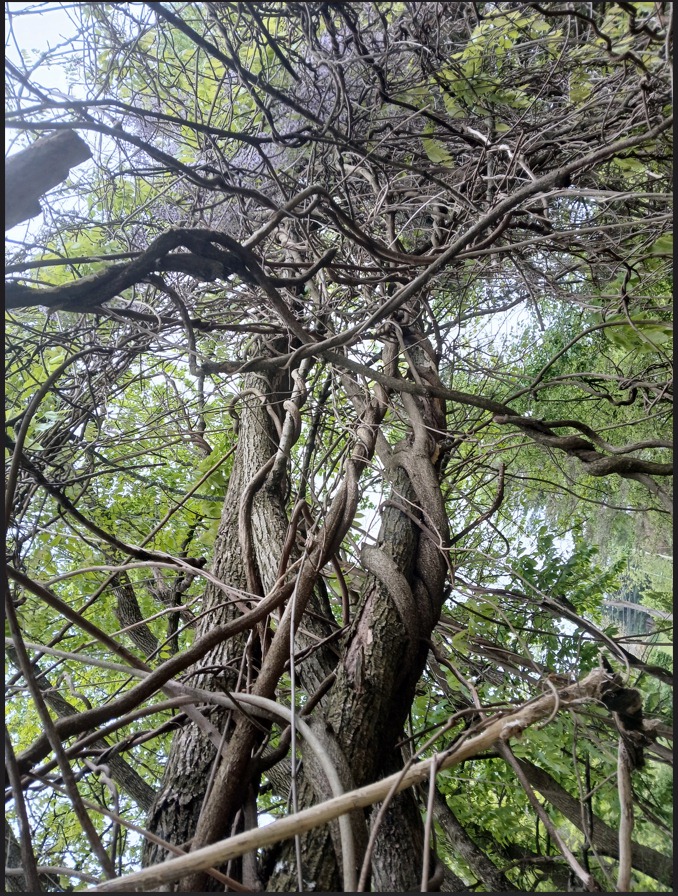by Daniel Brouse
March 23, 2025
The growing season in the Northeastern U.S. has increased by about 20 days due to climate change, primarily because of rising temperatures and shifts in seasonal weather patterns. Here’s how this is happening and how it contributes to increased allergies:
Why the Growing Season is Longer
-
Earlier Springs & Later Falls
-
Warmer temperatures cause plants to begin growing earlier in the spring and delay the first frost in the fall.
-
This results in an extended period for plant growth and reproduction.
-
-
Increased CO₂ Levels
-
Higher atmospheric carbon dioxide levels enhance plant growth, including trees, grasses, and weeds that produce pollen.
-
-
Warmer Winters & Milder Frosts
-
Less frequent and severe winter cold reduces plant dormancy periods, allowing for earlier budding and flowering.
-
How This Increases Allergies
-
Longer Pollen Seasons
-
With an extended growing season, plants produce pollen for a longer period.
-
Ragweed, a major allergen, now pollinates later into the fall due to warmer temperatures.
-
-
Higher Pollen Production
-
Increased CO₂ levels not only extend pollen seasons but also boost pollen production per plant.
-
Studies show that some allergenic plants, like ragweed, produce more pollen in a CO₂-rich environment.
-
-
New & Expanding Allergens
-
Rising temperatures allow allergenic plants to spread to regions where they previously couldn’t survive.
-
This introduces new allergens to people who weren’t previously exposed.
-
-
Increased Pollen Potency
-
Warmer temperatures and elevated CO₂ make pollen more allergenic, meaning each pollen grain triggers stronger allergic reactions.
-
Health Impacts
-
Increased exposure to allergens leads to a rise in allergy-related conditions like hay fever (allergic rhinitis) and asthma.
-
More people experience longer, more severe allergy seasons, increasing medical costs and reducing productivity.
About U.S. Temperate Zones
Climate change is significantly impacting the temperate zones in the United States in several ways:
-
- Shifts in Temperature: Temperate zones are experiencing changes in temperature patterns, with increases in both average temperatures and the frequency of extreme heat events. Winters are becoming milder, and summers are growing hotter, leading to shifts in growing seasons and ecosystem dynamics.
- Altered Precipitation Patterns: Climate change is causing alterations in precipitation patterns, including changes in rainfall intensity, frequency, and distribution. Some regions within temperate zones may experience more frequent and intense rainfall events, leading to increased flooding and soil erosion, while others may face more prolonged periods of drought, impacting water resources and agriculture.

- Changes in Ecosystems: The distribution and composition of ecosystems within temperate zones are being disrupted by climate change. Species ranges are shifting, and migration patterns are changing as plants and animals respond to altered temperature and precipitation conditions. This can lead to mismatches in timing between species interactions, such as flowering and pollination, or disruptions in food webs.
- Impacts on Agriculture: Climate change is posing challenges to agriculture in temperate zones, affecting crop yields, pest and disease dynamics, and the availability of suitable growing conditions. Heat stress, drought, and extreme weather events can damage crops and reduce agricultural productivity, impacting food security and economic livelihoods.
- Increased Risk of Wildfires: Warmer temperatures and drier conditions are contributing to an increased risk of wildfires in temperate zones, particularly in regions with dense vegetation and susceptible to drought. Wildfires can have devastating consequences for ecosystems, communities, and air quality, posing risks to human health and safety.
- Threats to Human Health: Climate change in temperate zones can exacerbate health risks associated with extreme heat events, air pollution, and the spread of vector-borne diseases. Vulnerable populations, such as the elderly, children, and individuals with pre-existing health conditions, may face increased risks of heat-related illnesses and respiratory problems.
Overall, climate change is reshaping the environmental, social, and economic landscapes of temperate zones in the United States, underscoring the need for proactive measures to mitigate its impacts and enhance resilience in affected regions. Regrettably, trees find themselves rooted in their temperate zones, unable to embark on the migratory journeys undertaken by some other species to seek refuge in more hospitable environments.
Climate Change and Health Impacts